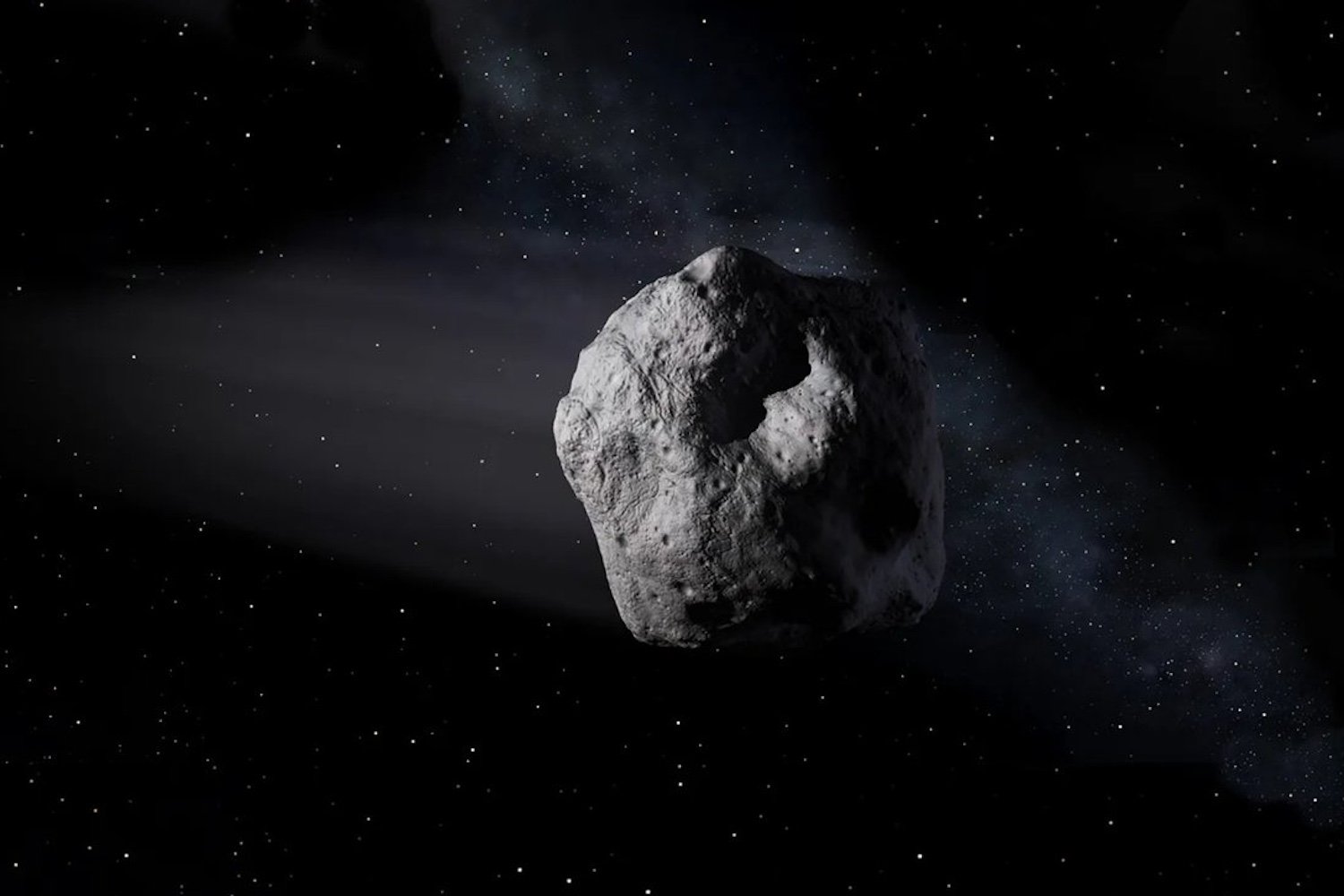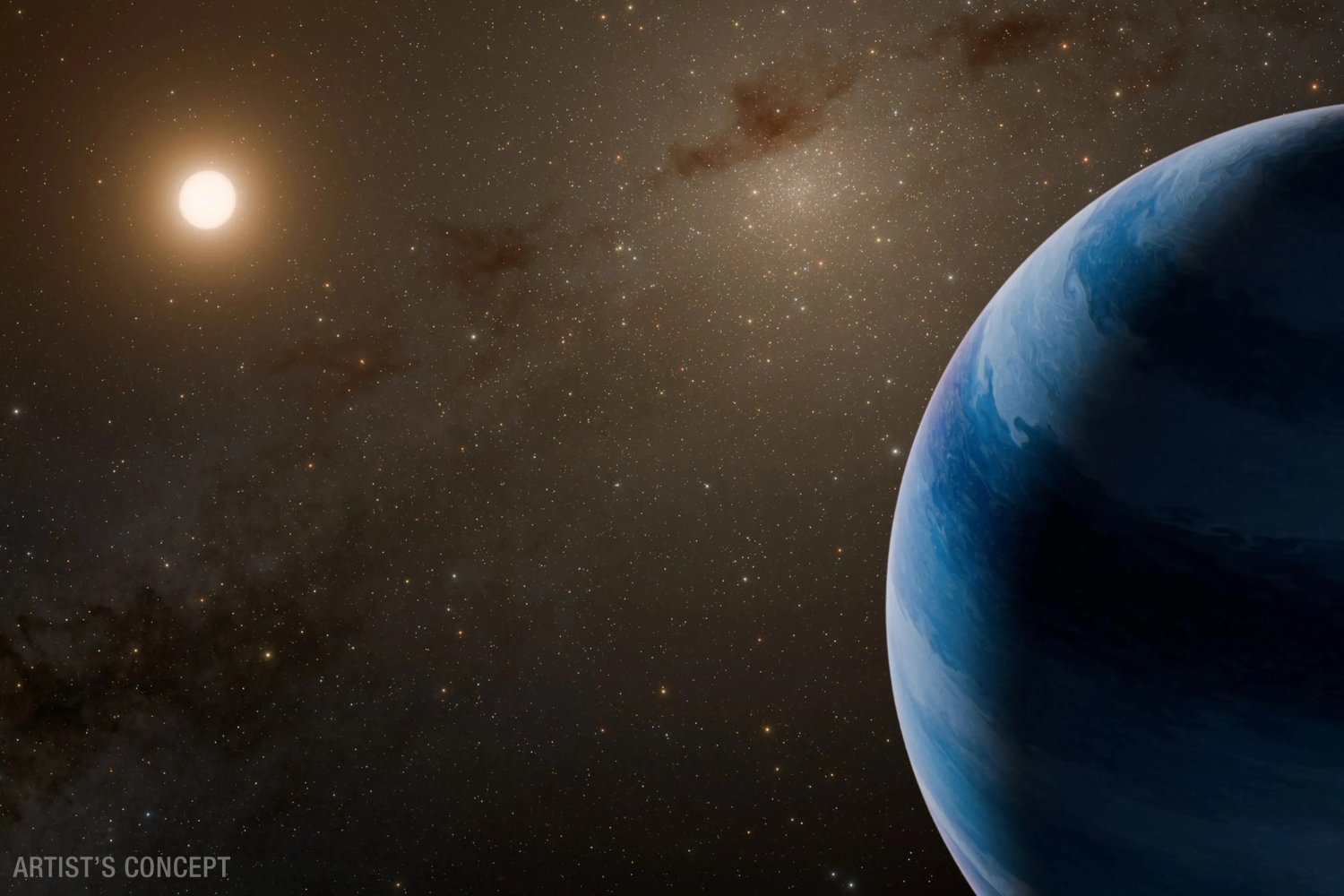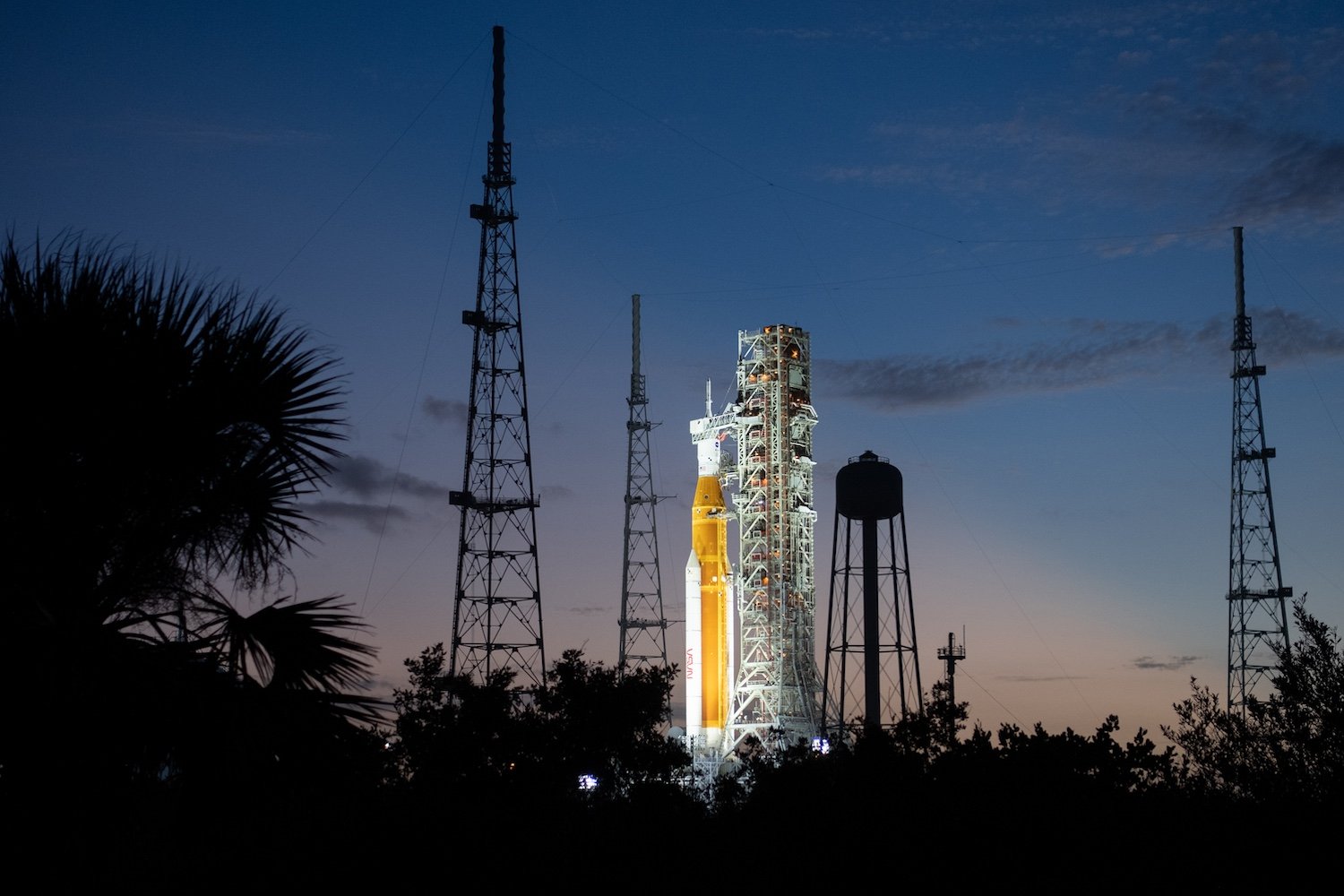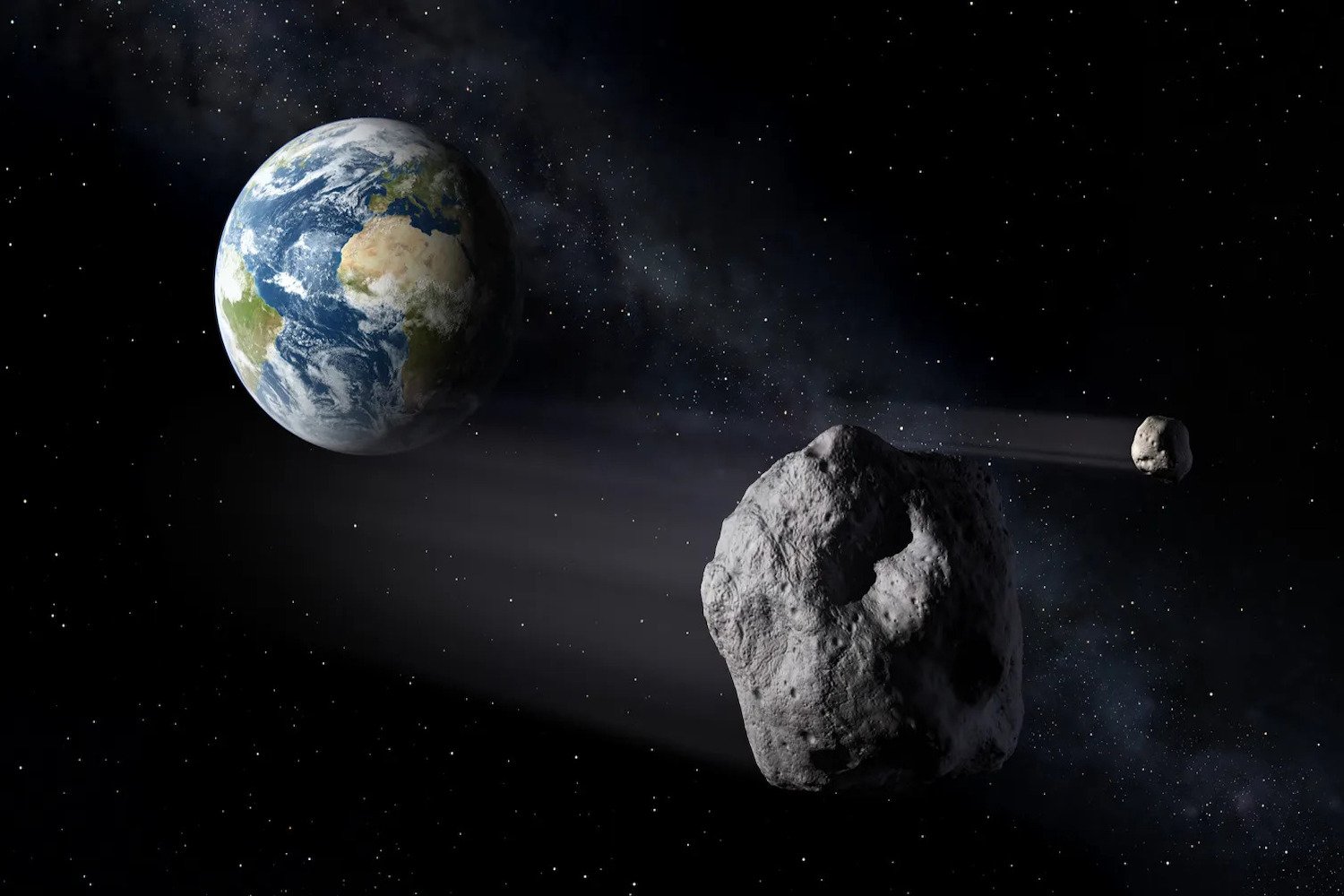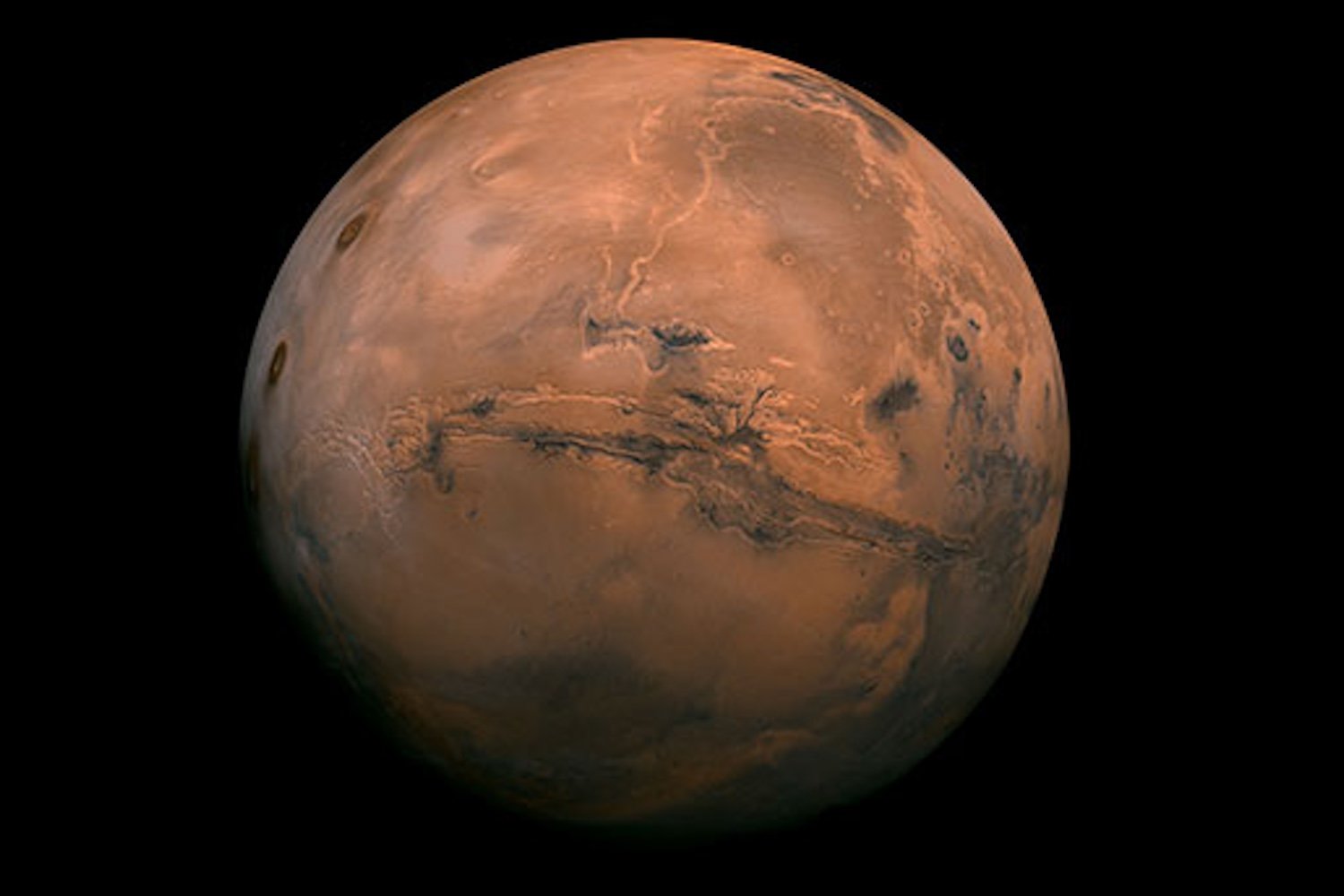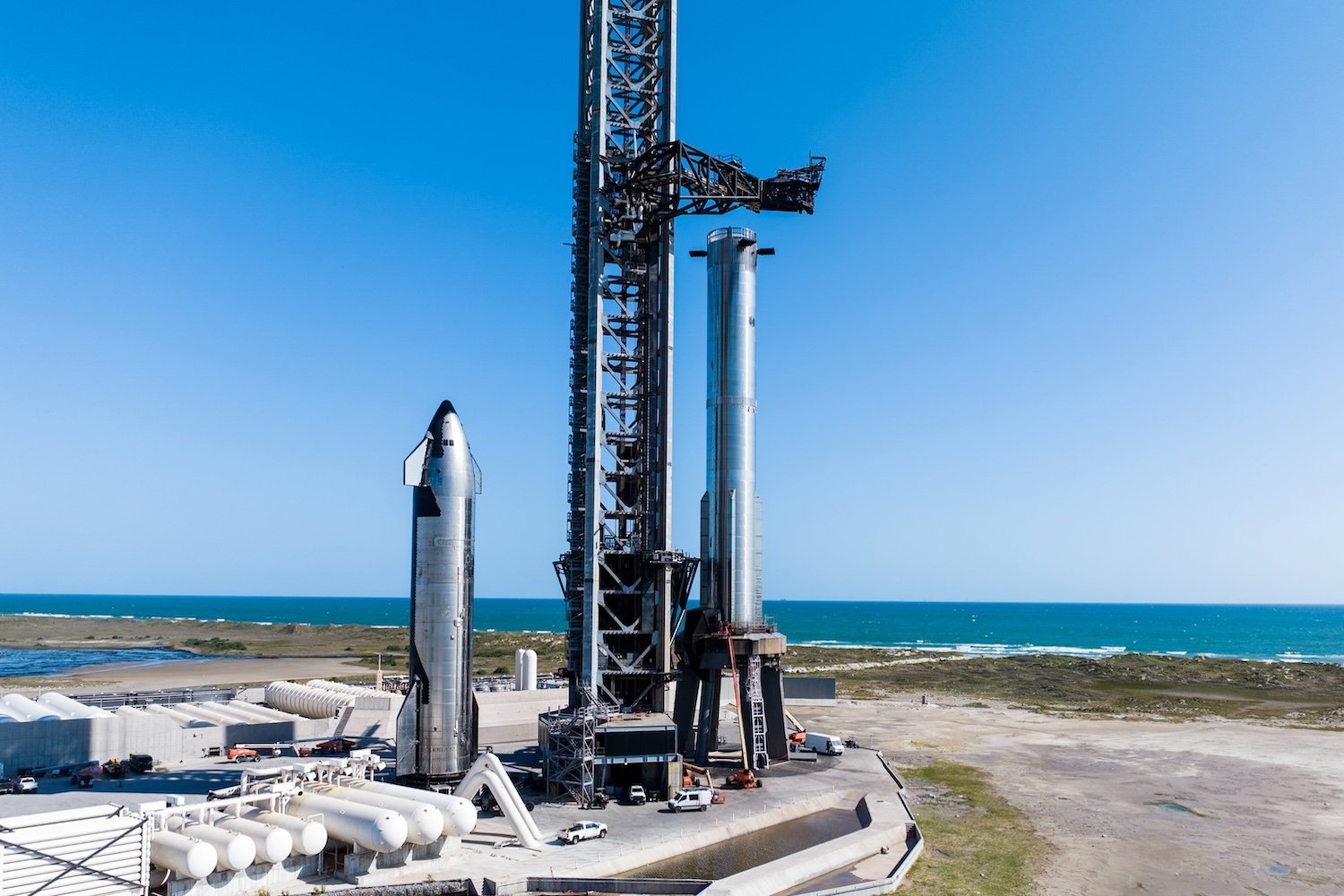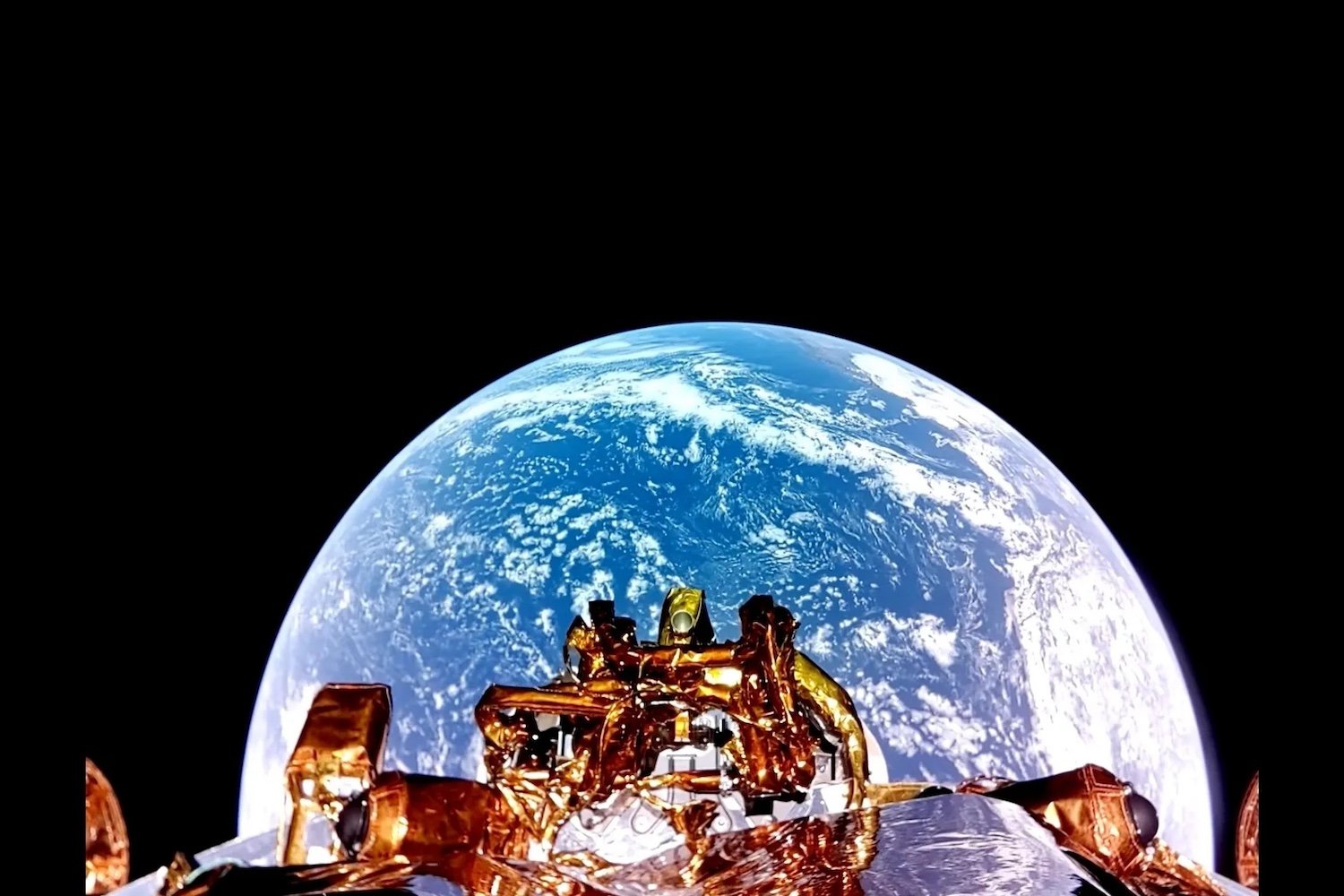The probability of asteroid 2024 YR4 colliding with Earth in 2032 is currently estimated at 1-in-45, a figure that has fluctuated since its discovery. While this might sound alarming, it’s crucial to understand that these are preliminary calculations. Historically, such initial estimates are refined as more data becomes available, and the odds often decrease significantly over time.
NASA’s Center for Near Earth Object Studies (CNEOS) has been tracking 2024 YR4 and reports the current impact probability as 2.2%, up from an initial 1.3%. This asteroid was first detected on December 27, 2024, at a distance of 515,116 miles (829,000 kilometers) from Earth. The initial impact probability was 1-in-83, which later shifted to 1-in-63 before reaching the current estimate.
Astronomers are continually gathering data on 2024 YR4 to refine its trajectory and impact probability. This process often leads to a decrease in the calculated risk, as seen with asteroid Apophis. In 2004, Apophis was initially assigned a 2.7% chance of hitting Earth in 2029. However, with further observation and analysis, that probability has now been reduced to virtually zero.
Understanding the Potential Impact of 2024 YR4
NASA classifies asteroids as potentially hazardous if they measure between 100 and 165 feet (30 and 50 meters) in diameter and their orbit brings them within 5 million miles (8 million kilometers) of Earth’s orbit. 2024 YR4 is estimated to be between 130 and 300 feet (40 and 90 meters) wide, placing it within this potentially hazardous category.
While not large enough to pose a global threat, an impact from 2024 YR4 could still cause significant regional damage. Scientists estimate that such an impact could release around 8 megatons of energy – over 500 times the energy of the Hiroshima atomic bomb and comparable to the 1908 Tunguska event.
Future Observations and Risk Assessment
CNEOS has identified seven potential impact dates for 2024 YR4 between 2032 and 2074, with the highest probability currently assigned to December 22, 2032. This date has a Torino Scale rating of 3, indicating a 1% or greater chance of collision capable of localized destruction.
Astronomers will continue to monitor 2024 YR4 during its close approaches to Earth, including the next one predicted for December 2028. These observations will provide crucial data to refine the asteroid’s trajectory, size, and other characteristics, allowing for a more accurate assessment of the impact risk.
While the current probability of impact might seem concerning, it’s important to remember that this figure is likely to change as more data is collected. Continued monitoring and analysis will be crucial in determining the true risk posed by 2024 YR4.



